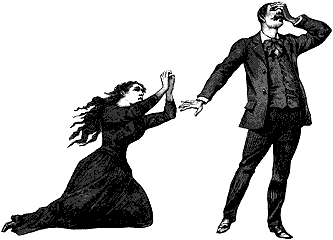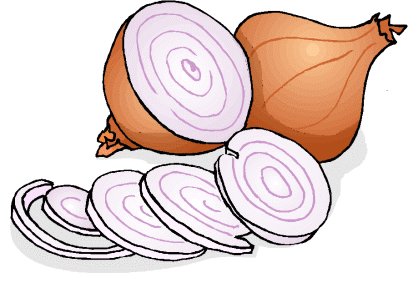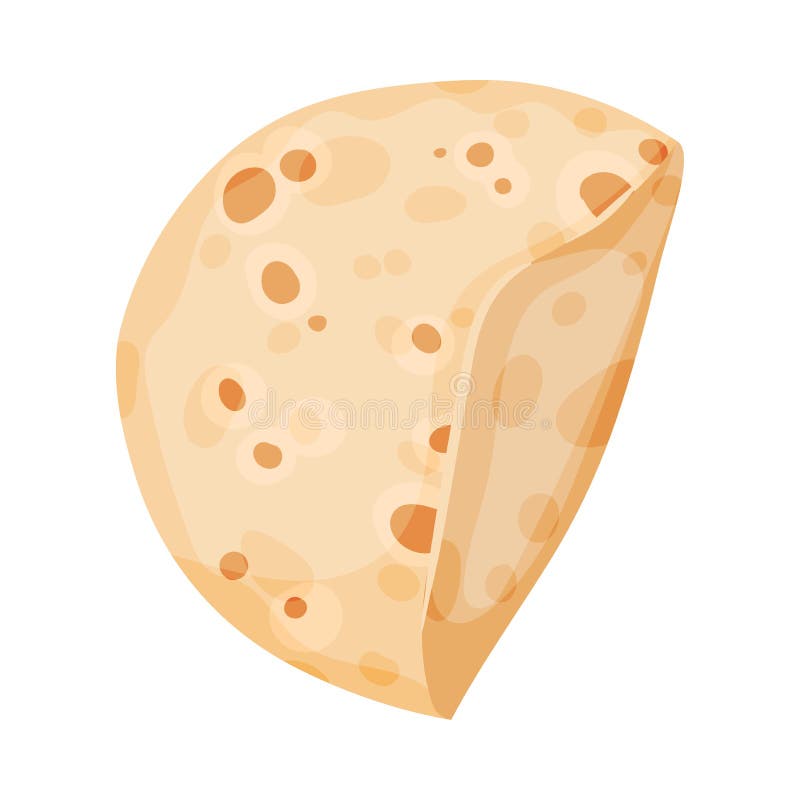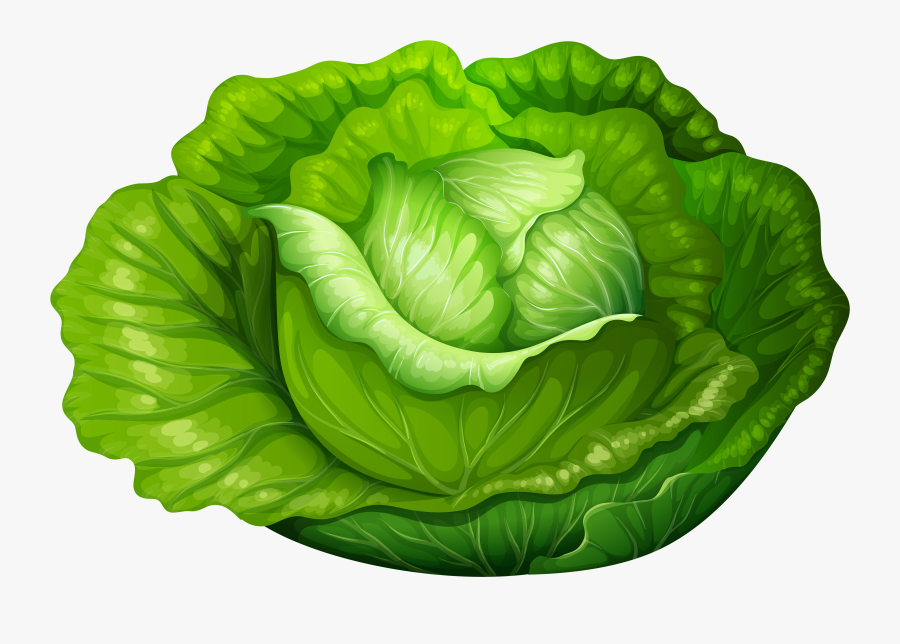I am a student at in Uru Mānuka. In 2020 I was a year 9 and in 2021 I will be a year 10. This is a place where I will be able to share my learning with you. Please note....some work won't be edited - just my first drafts, so there may be some surface errors. I would love your feedback, comments, thoughts and ideas.
Monday 7 December 2020
No More Plastic Bags!
Monday 30 November 2020
Rats and Fleas
RATS + FLEAS
SPREAD DIAGRAM
BASIC BODY PARAGRAPH -
During the pandemic, ‘The black death’ over 2 thirds of the population were killed by the plague. But what spread the plague and where did it come from? This is where rats and fleas come in as they were how The Black Death became so deadly. There were multiple ways of catching the plague but the most common was catching it from direct contact with a person who is infected with the plague. But for that person to become ill in the first place, they would have caught it off of fleas, fleas would bite the rats suck out their blood which is carrying the plague then jump onto a human and barf it all up into the person’s bloodstream. Infected people would then spread the plague through trading ports and the plague soon spread all throughout Europe. It started when 12 ships from the Black Sea docked at the Sicilian port of Messina within 3 years there was no place safe from the black plague. If a plague like the black death were to come about nowadays it would be less infectious as we have better hygiene rather than people living in the 13th century. During the 13th-century people would throw their droppings onto the streets this attracted rats who loved the dirt and grime, this caused there to millions of rats making the plague spread like wildfire. The more rats, the more fleas, the more rats and fleas the more people got infected, the more people got infected the more it would spread and the more people would die from this tragic pandemic.
Evaporation Experiment
We have tried filtering to get a solid out of a liquid but this time we can't see the solid because it is dissolved in the liquid. If we heat up the solution then the solvent will evaporate off and we will be left with the solute.
AIM - To use evaporation to separate a solution into a solvent and solute.
HYPOTHESIS - I think that the water will evaporate and that the copper sulfate will be left in the bottom of the beaker in a cluggy state.
EQUIPMENT -
Copper sulfate solution, 250mL Beaker, heatproof mat, evaporating basin, element.
METHOD -
1. Set up element
2. Add 100mL of hot water to the beaker and place it on the element.
3. Add copper sulfate to the evaporating basin until it is quarter full.
4. Carefully, place the evaporating basin on top of the beaker.
5. Turn on the element to 3
6. Heat the solution until most of the solvent has been evaporated and crystals of solute are forming.
7. Turn off the element- be careful not to touch, as it will be hot for a long time.
COPPER SULFATE SOLUTION -
Solvent - Water
Solute - Copper sulfate
Friday 27 November 2020
Cannabis!
Thursday 26 November 2020
Water Safety!
Next week we are going on 3 exciting eotc days to celebrate the end of the year and the hard work we have put in. Over the three days, we will be going to Jellie Park, Adrenalin Forest, Christchurch city. To be prepared for these fun days we are doing a task around that specific place, I choose to do a task around jellie park. Jellie Park is an awesome place but it can also be dangerous, that is why I created a poster with rules around water safety!
Monday 23 November 2020
Distillation!
Monday 9 November 2020
Serial Dilution!
AIM - To do a serial dilution.
METHOD -
1 - Grab 6 test tubes and fill 5 of them with 5ml of water, and 1 tube with 10ml
2- Add-in potassium permanganate into the tube with 10ml of water.
3- Move 5ml from test tube one (The one with the potassium permanganate) into test tube 2 and so on until you get to the last test tube.
MATERIALS-
1 - 6 test tubes
2 - Test tube stand
3 - 35ml of water
4- Measuring tube
5 - Dropper thingy
6 - Potassium Permanganate
HYPOTHESIS -
My hypothesis is that the original color of the potassium permanganate (purple) will slowly dilute to almost no colour at all, I think that it will be mostly clear but will have a tint of purple that you can see clearly but isn't as strong as the original colour.
RESULTS -
The end result was like a gradient amongst the test tubes, test tube number one being the most concentrated because it had lots of potassium permanganate, and then test tube number 6 being the most diluted, it was almost a clear color with a hint of purple meaning it had hardly any potassium permanganate particles in the diluted solution and had more water particles.
Monday 2 November 2020
Mixing and Separating
For today's 2 hours of science, we are doing two in one experiment! We are going to make our own mixture then we are going to create a filter to filter the mixture we are creating.
KEYWORDS -
solvent - The thing doing the dissolving (Liquid)
solute - The thing being dissolved (Solid)
Solution - The mixture that has formed
filtration - Separates particles based on size
filtrate - liquid after it has been filtered
mixture - 2 or more substances together
solubility - ability to dissolve
AIM -
To separate a solution from a precipitate (Precipitate is the name for a solid that forms in a liquid during a chemical reaction.)
MATERIALS -
Copper sulfate
Sodium carbonate
Beaker
Funnel
Filter paper
Conical flask
Stirring Rod
METHOD -
1 - Add 50ml of sodium carbonate + copper sulfate into your beaker.
2- Mix the two liquids together with your stirring rod.
3- fold your filter paper into quarters and fold it out so it is in a funnel shape and slip it into the funnel.
4 - Place your funnel and filter paper into the conical flask
5- Pour in your mixture from the beaker and watch the magic happen!
RESULTS -
We added 50ml of each (Sodium Carbonate which was clear and colorless + copper sulfate still clear but had a twinge of light blue) They are both clear but when mixed together become an opaque blue. When the mixture was filtered the filtrate came out clear and colorless just like how the sodium carbonate had started off. What was left were the bigger particles that couldn't get through the filter paper and had become solid. The particles that remained on the top became a very gluggy texture that reminded me of glue, which was unlike the liquid filtrate. Though the remains on the top were really chunky, almost a slimy texture the filtrated mixture came out in a steady flow of drips that joined the transparent liquid down the bottom. The filtrate was the sodium carbonate and the blue solid was the copper sulfate.
Thursday 29 October 2020
Open Steak Burgers
In our home economics class, we were making open steak burgers! This was a pretty quick lesson as the only thing that took a long time to prepare was the steak. In the end, the steak was a tiny bit overcooked and it needed more flavour but my group didn't want anything interesting in their burgers so the burger was over plain, but the sauce helped. Even though our dish wasn't the most delicious dish I've ever had it was still fun to make!
INGREDIENTS -
steak
1 Tablespoon Oil - optional
Tomatoes - optional
An Onion- optional
1 Leaf of Lettuce - optional
Cheese - optional
Beetroot - optional
Sauce:
BBQ
Tomato
Mayonnaise
- optional
METHOD -
1. Collect your chosen ingredients.
2. Steak - Cut into thin strips and add into a pan with 1 tablespoon oil.
3. Prep your ingredients to put on your burger.
4. once your steak is done then add your ingredients onto the buns.
5. Enjoy your burgers!
Rice paper spring rolls
Monday 19 October 2020
Mixing + Dissolving
For today's 2 hours of science, we started looking at a new topic of mixing and dissolving! To get a better understanding of this topic we conducted an experiment. During the experiment, some keywords came up like "mixture" which is a substance made by combing either substance together, some examples of mixtures being, Tea + Coffee, Coke, Cake, Sand, Salad, etc. Another keyword that came up was dissolving which is what our experiment was based around. Dissolving is when a substance becomes part of a liquid, lots of things affect the rate that something dissolves for example when the water is hot the water particles move around faster which means that the particles collide more, compared to cold water that doesn't move as much making it take longer for particles to diffuse. But not everything dissolves and there are two special names, Soluble which is a substance that can dissolve in water, and Insoluble which is something that cannot dissolve in water.
THE EXPERIMENT -
AIM - To find out what method makes sugar dissolve in water faster.
EQUIPMENT -
- Beaker
- 100ml cold water
- 100ml hot water
- Sugar
- Spatula
METHOD -
1 - Fill the beaker with 50ml of cold water x 2 / 50ml of hot water x 2 ( Do the experiment 4 times )
2 - add one scapula of sugar
3 - For the first time doing cold and hot water mix the sugar in the beaker
4- Time how long it takes for the sugar to dissolve in both the hot and cold water
5 - Complete the same thing but this time doesn't stir the sugar and see the time difference.
RESULTS -
Friday 16 October 2020
Masky Mask Mask

Thursday 15 October 2020
9/11
In today's lesson in social studies we were working on our individual tasks, I did mine on 9/11 and created a timeline of the chaotic events that occurred on that tragic day. This was very interesting to research as i had never gone into depth about what happened and how the world responded to the event. Here is my timeline!
Tuesday 22 September 2020
Making Mini Apple Sauce Muffins!
Group 1 : Original Muffins
Group 2 : Butter & Wholemeal flour
Group 3 : Canola & Wholemeal flour
Group 4 : Butter & Soy
My group : Soy & Canola
Ingredients:
1 c Apple sauce
2 T Butter, melted & slightly cooled, or canola, a neutral oil
1 Egg, lightly beaten
1/2 c milk or soy milk
1 t vanilla essence
1 c wholemeal flour or white flour
1/2 c rolled oats
1/4 c sugar
1 t baking powder
1/2 t baking soda
1 t cinnamon
Cooking Method:
1. Preheat oven to 180°C and grease mini muffin tins or line with paper cases.
2. In a small bowl, use a fork to whisk together the apple sauce, melted butter, milk, egg and vanilla (liquid ingredients)
3. Add liquid ingredients to the flour, oats, baking powder, baking soda, cinnamon and sugar - gently fold together.
4. Fill the muffin tins / paper cases (mini ones) to 3/4 full.
5. Bake about 10 minutes or until cooked.
6. Remove from oven. Let cool for 2 minutes before removing from muffin tins.
Here are some photos of the cooking process and the finished result:
Hope you enjoy.

Spag bol - Cooking
Ingredients:
- Olive Oil
- Onion
- Garlic
- Carrots
- Celery
- Mince
- Basil
- Can of tomatoes
- Tomato puree
- Spaghetti Sticks
Cooking Method:
1. Heat the oil in a large pot and add the onion and garlic.
2. Cook for 2-3 minutes, stir frequently until onion is soft.
3. Stir in carrots a celery and cook for another minute.
4. Add mince, stirring until the beef has lost its pink colour.
5. Add basil, tomatoes and tomato puree.
6. Bring mixture to boil then reduce the heat to a gentle simmer and cover for 10-15 minutes.
7. Boil water and then add spaghetti sticks to cook for 10-12 minutes.
8. Drain spaghetti and toss with a little olive oil to avoid sticking.
9. Then arrange your plates dividing the mixture up evenly.
10. Serve and enjoy
.

Monday 21 September 2020
Expansion and contraction
Today in chemistry class we were looking at four different actions to do with matter, Expansion, contraction, Convection, and conduction, We then had to choose one of them and create an animation explaining what the action is. I partnered up with my mate and we did animation on expansion and contraction.
Friday 18 September 2020
Making My Own Melodrama Character!
Introducing..... Priscilla the Poor!!!
Full name- Pricilla Eveningtide
Parents - Mother (Deceased) Maria Eveningtide Father, Harold Eveningtide
Siblings - older sister, Babra Eveningtide
Age - 15
Gender- Female
Backstory -
She and her sister grew up alone as their father was a useless drunk and never came home. They were only 7 and 5 and they were on the streets fending for each other. As bad is it was it got worse for Priscilla when their father came home after 2years of the kids not seeing them, he had run out of money and now that Priscilla's older sister Babra Eveningtide had turned 13 he sold her, took the money, and ran. Priscilla was left on her own. It's said that the two sisters grew distant for awhile the only thing keeping them together was their hate for the world. After Priscilla had spent her whole life growing up with her older, she became her role model. And it was no surprise that when their older sister turned evil, Pricilla followed in her footsteps.
Occupation -
Pricilla is undercover as a maid working for the hero of the story but is a spy for the villain who is her older sister (But its a secret so no one knows that they are siblings)
Skills -
She is very intelligent, good under pressure, calm and collected, And an AMAZING liar. She also has a big influence on the hero as the hero doesn't know what he's doing.
Weaknesses -
She has a growing fear of her father, specifically her father trying to sell her.
Best friend -
Scarlet Evergreen, Also works for the villain but is a bit thick and is usually drinking.
Interests - Making the villain (her older sister) proud, Making the world pay for the way they treated her and her sister when she was young.
Thursday 17 September 2020
The Valdivia Earthquake!
Monday 14 September 2020
Chicken Stir fry
CHICKEN STIR FRY -
2 pieces of chicken
2 tablespoons of soy sauce
2 tablespoons of honey
2 tablespoons sesame sauce
Any vegetable
2-minute noodles
Cut the chicken into bite-sized pieces.
Saute the onions.
Add the chicken and cook until lightly browned
Add the vegetables and sauce.
cook for 5-6 minutes or until vegetables is cooked.
Friday 11 September 2020
Potato Fritters!


Apple Crumble - Cooking
Making Nachos!!
Monday 7 September 2020
Particle Theory
AIM - To investigate the effect of temperature on the rate of defusion.
HYPOTHESIS - I think that it will defuse faster in hot water rather than cold water, as hot water moves faster compared to cold water
METHOD - We filled the 2 Petri dishes with water, one with hot water, one with cold water. we then got two pinches of potassium permanganate and tipped them into the two dishes at the same time with the same amount of the potassium permanganate to see clear results.
CONCLUSION - The potassium permanganate spread faster in the warm water compared to the cold water telling us that the potassium permanganate diffused faster in hot water.
DISCUSSION -
This was because the warm water particles were already moving fast due to the kinetic energy, and the potassium permanganate was already moving so when they met they were moving faster than the cold water, causing them to bump into each other quicker and making the potassium permanganate spread faster.
Friday 21 August 2020
Melodramatic Acting Style
Remember in Victorian Melodrama, all emotion is externalized. There is no such thing as inner psychological depth!
Generally, this means “Over the Top” in every way. Here are some techniques which help create this effect
- Slower, clearer delivery of lines with huge projection. Remember Victorian Theatres were huge and there were no microphones.
- Play everything to the audience, even if you are supposed to be talking to another character on stage!
- Indicate whom you are talking to by looking sideways at them and holding your hand out towards.
- Address the audience directly whenever the script will allow you to do so.
- The Pose: Invent poses of shock, horror, love, evil, intent, cruelty, desire, dilemma, forgiveness, begging forgiveness, etc. A pose should last at least three seconds and should be clearly visible from fifty meters.
- The working yourself up to the pose: lasts two to three seconds --let's see you get there!
- The Gasp - very loud expressing a range of emotions. Often accompanied by a pose.
- The Swoon - often preceded by lines such as "Alas! I can hardly bear it." The swoon should be graceful and provision should be made for someone to catch you.
- The long walk downstage/upstage/across the stage when hatching a plan or in a dilemma.
- The Pacing- to and fro across the stage when hatching a plan or in a dilemma. Move before you speak so that the audience can track who is speaking.
- The Tableau (freeze frame)- the still picture made up of a number of characters to freeze the moment, eg: The Happy Ending/ The Secret Lovers. The tableaux should be very explicit.
- The Sigh/The Groan/The Tubercular Cough
- First Entrances are important - may even bow, this is related to the cult of “The Actor” – the Star system.
Thursday 20 August 2020
Making a sustainability Board game.
Friday 14 August 2020
What is Melodrama?

Monday 10 August 2020
The Javan Rhinoceros Investigation.
Friday 7 August 2020
Tuesday 4 August 2020
Friday 31 July 2020
Making Pita pockets!
Ingredients that we used -
Carrots -
Onions -

Pita pockets -

Cheese -
Ham -
Lettuce -









